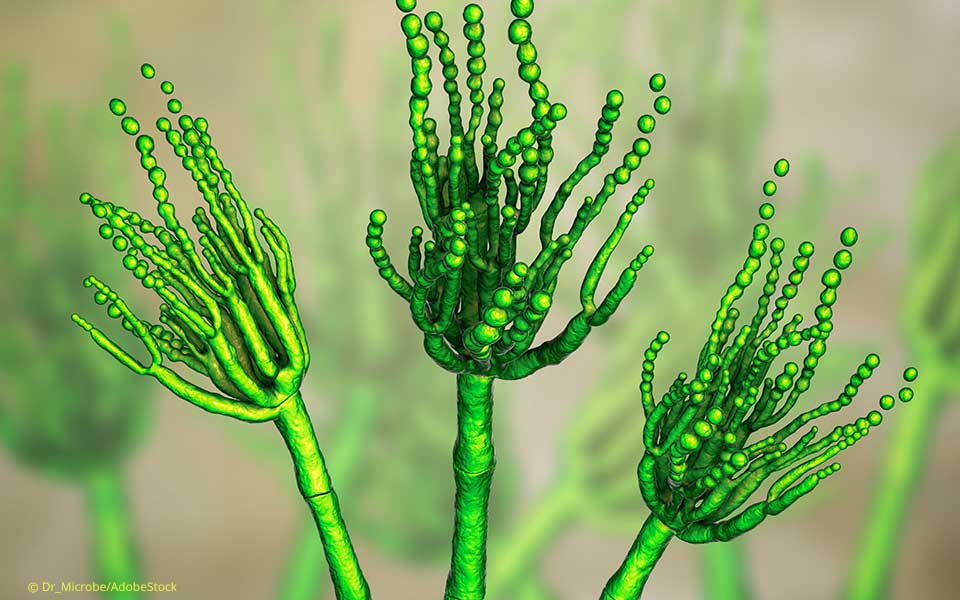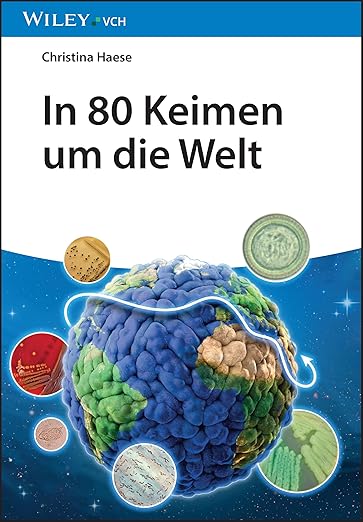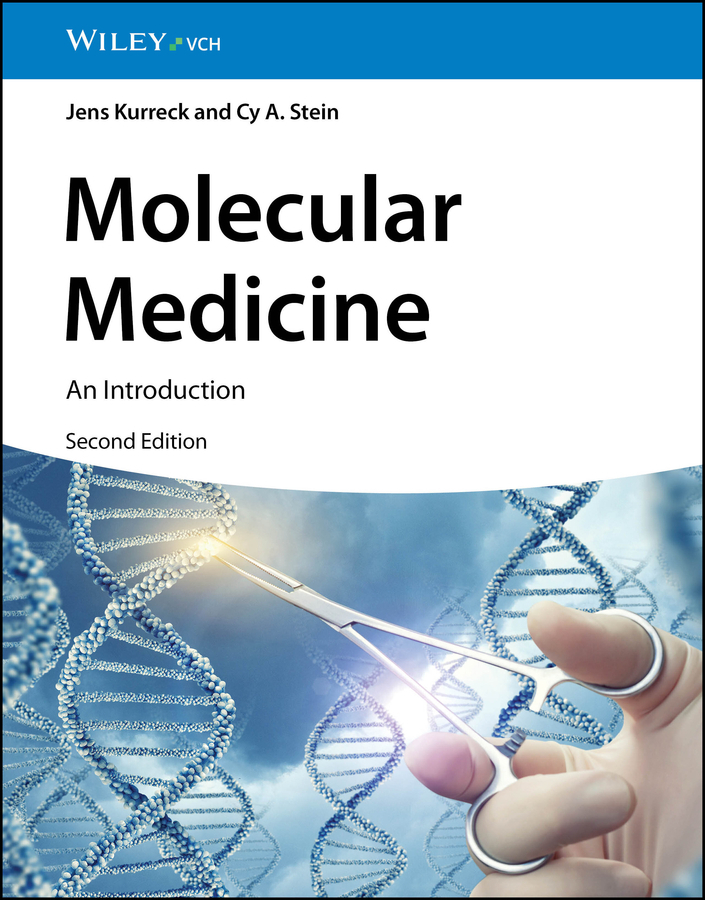
Some molecules are more than just chemical structures – they are the unsung heroes of human history. They’ve cured diseases, sparked industries, and even inspired legends. Let’s take a journey through the molecular hall of fame and meet a few of the tiny titans that reshaped our world.
Penicillin: The moldy miracle
It all started with a messy lab and a forgotten Petri dish. In 1928, Alexander Fleming noticed that a mold – Penicillium notatum – was killing bacteria around it. That fuzzy green patch turned out to be the source of penicillin, the first true antibiotic.
But the story didn’t end there. Turning penicillin into a usable drug took years of wartime urgency, scientific rivalry, and industrial ingenuity. It wasn’t until 1957 that chemists finally managed to synthesize it completely in the lab.
Penicillin didn’t just save millions of lives – it opened the door to a microbial gold rush. Scientists began scouring soil, swamps, and even ocean floors for bacteria and fungi that might produce the next miracle drug. And they found them: streptomycin, tetracycline, erythromycin… the list goes on.
Fun fact: The discovery of penicillin was so accidental that Fleming once joked, “When I woke up just after dawn on September 28, 1928, I certainly didn’t plan to revolutionize medicine.”
Quinine: The bitter lifesaver
Quinine is a small molecule with a big legacy. Extracted from the bark of the cinchona tree, it’s been used for centuries to treat malaria – a disease so ancient it’s mentioned in both Vedic texts and Hippocratic writings.
The name “malaria” comes from the Italian “mal aria”, meaning “bad air,” because people once thought the disease came from swampy mists. Actually, it’s caused by a parasite transmitted by mosquitoes – and quinine was one of the first effective treatments.
But quinine wasn’t just a medical marvel. It also fascinated chemists. Its complex structure made it a legendary challenge in organic synthesis. It took nearly 150 years for scientists to achieve a fully stereoselective lab synthesis.
Bonus trivia: Quinine is what gives tonic water its bitter taste. So every time you sip a gin and tonic, you’re drinking a little piece of chemical history.
Morphine: the double-edged flower
According to legend, when Buddha cut off his eyelids to stay awake during meditation, the opium poppy sprang from the ground where they fell. Whether or not that’s true, the poppy’s most famous product – morphine – has had a profound impact on medicine and society.
Morphine is a powerful painkiller, extracted from the opium poppy (Papaver somniferum). It’s been used for centuries to relieve suffering, especially in surgery and palliative care. But it also comes with a dark side: addiction.
This duality – relief and risk – makes morphine one of the most fascinating molecules in pharmacology. It also helped scientists discover the body’s own opioid system, leading to breakthroughs in neuroscience and the development of safer pain medications.
Did you know? The name “morphine” comes from Morpheus, the Greek god of dreams. Fitting, given its ability to induce sleep – and sometimes nightmares.
Why these molecules matter
These molecules aren’t just chemical curiosities. They’re milestones in human progress. Each one tells a story of discovery, struggle, and sometimes sheer luck. They’ve shaped medicine, chemistry, and even culture.
- Penicillin taught us that microbes can be allies.
- Quinine showed us that nature holds the key to survival.
- Morphine reminded us that healing and harm can come from the same source.
And they’re just the beginning. Who knows what the next molecule to change the world will be? Maybe it’s already growing in a rainforest, hiding in a coral reef, or waiting in a forgotten Petri dish.



